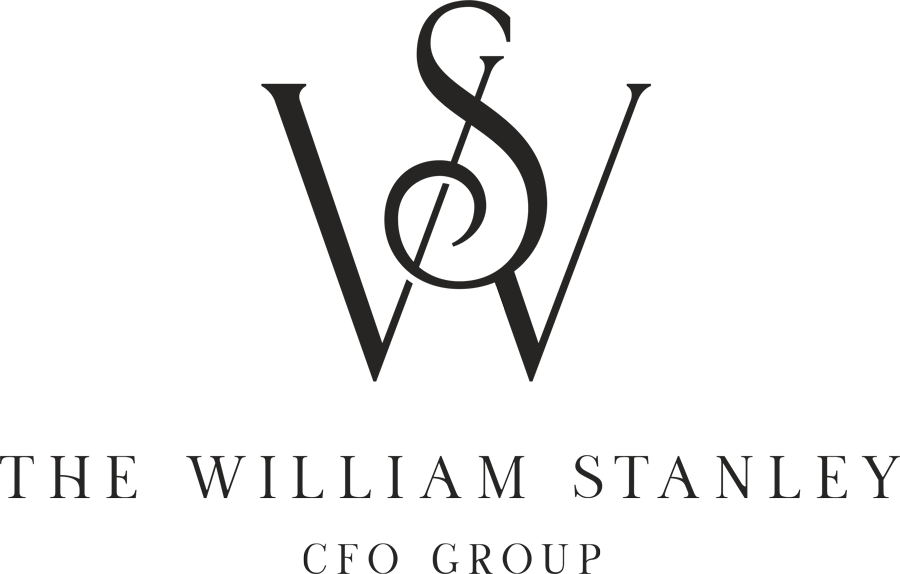We know. And, you know. Cash is the lifeblood of any business, and understanding your cash flow is crucial for sustainable growth and financial stability. A 13-week rolling cash forecast is one of the most effective tools for managing short-term liquidity, anticipating cash shortages, and making informed financial decisions. Unlike traditional budgets or general ledger (GL) tracking, this forecast focuses specifically on actual cash movement in your bank account and is later reconciled with your GL data for accuracy.
In this guide, we’ll walk you through completing our downloadable 13-Week Rolling Cash Forecast template. By the end, you'll have a clear picture of your incoming and outgoing cash, enabling - you guessed it!! - proactive financial management.
Step 1: Input Beginning Cash Balance
- Start by entering your current cash balance in the first row labeled 'Beginning Cash Balance.' This is your starting point and represents cash on hand at the start of Week 1.
Step 2: Forecast Cash Receipts
- In the row labeled 'Cash Receipts,' input expected cash inflows for each week. This includes payments from customers, refunds, or any other cash income.
Step 3: List Key Cash Outflows
- Break down your cash outflows into major categories such as Payroll, Rent, Utilities, Loan Payments, and other recurring expenses.
- Enter the expected outflows in the corresponding weekly columns.
Step 4: Account for Variable Expenses
- Identify and input variable expenses that may fluctuate week-to-week, such as inventory purchases or one-off costs.
Step 5: Calculate Weekly Net Cash Flow
- For each week, subtract total outflows from total inflows.
- The formula is: Net Cash Flow = Cash Receipts - Cash Outflows
Step 6: Update Ending Cash Balance
- Calculate the Ending Cash Balance for each week: Ending Cash Balance = Beginning Cash Balance + Net Cash Flow
- Carry forward the ending balance to the next week's Beginning Cash Balance.
Step 7: Reconcile to the GL
- After completing your cash forecast, compare your weekly totals with your general ledger (GL) to ensure consistency.
- Investigate and resolve any discrepancies.
Step 8: Review and Adjust
- Analyze trends and identify weeks where cash might run low.
- Plan strategies such as delaying payments, speeding up receivables, or securing a line of credit.
Step 9: Update Weekly
- Every week, replace the oldest forecasted week with a new week.
- Adjust your assumptions based on actual performance.
A well-maintained 13-Week Rolling Cash Forecast isn't just a spreadsheet—it's a roadmap for your business's financial health. By focusing on actual cash movement and reconciling it with your GL, you'll gain confidence in your cash position and make more strategic financial decisions.
Download the template, start forecasting, and take control of your cash flow today!!
This tool empowers you to take control of your cash flow and plan confidently. But, if you'd like additional support, contact The William Stanley CFO Group for expert guidance tailored to your business needs.



